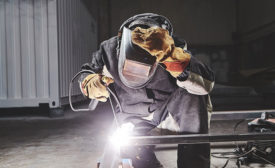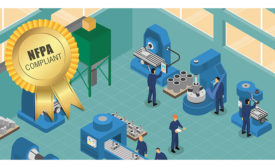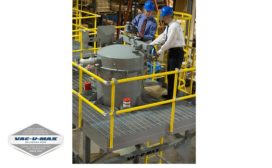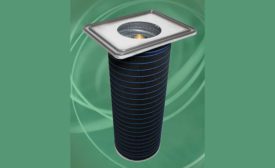Home » dust protection
Articles Tagged with ''dust protection''
Protecting the Plant from Catastrophic Combustible Dust Explosions
Industrial vacuums are the right tool for preventing secondary explosions
January 13, 2020
2020 Top Standards: National Fire Protection Association (NFPA)
NFPA 652 standard on fundamentals of combustible dust
January 1, 2020
Never miss the latest news and trends driving the safety industry
eNewsletter | Website | eMagazine
JOIN TODAYCopyright ©2024. All Rights Reserved BNP Media.
Design, CMS, Hosting & Web Development :: ePublishing








